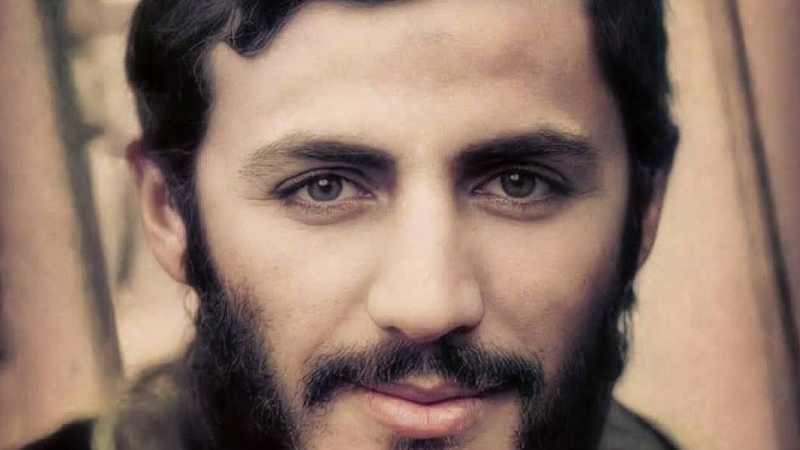March 7th, marks the martyrdom anniversary of Mohammad Ebrahim Hemmat, one of the highly popular Iranian military commanders during the Holy Defence (Iraqi war under Saddam's regime against Iran). On this occasion, we delved into some characteristics, managerial methods of this popular Iranian military figure who attained martyrdom at the age of 28.
Highlights of Ebrahim Hemmat's life:
1- Family support
Mohammad Ebrahim Hemmat was born on April 2, 1955, in the city of Shahreza, Isfahan Province, Iran, into a poor and religious family. During his free time, especially in summer vacations, Hemmat worked hard to earn an income and provided significant help to his family.

Mohammad Ebrahim Hemmat in youth
2- Student- combatant
In 1973, after obtaining his high school diploma with excellent grades, Hemmat enrolled at Isfahan Teacher Training University. Then went to do military service. Having finished his military service, he returned to his hometown and taught history for a while at schools in Shahreza and adjacent villages. At that time, he also started his activities against the US-backed Pahlavi regime. Hemmat took the lead among the youths struggling against the regime in Shahreza.
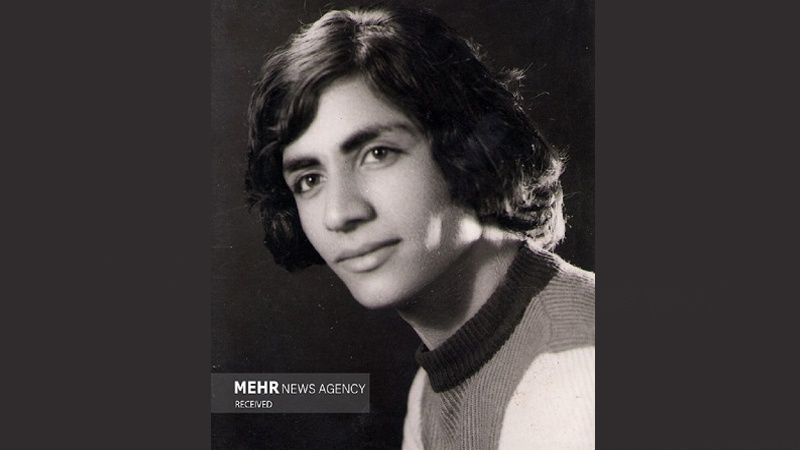
Mohammad Ebrahim Hemmat: Student- combatant
3- On terror list
Hemmat was very active in people's demonstrations against the Shah's regime. His anti-regime activities led to several warnings from the Shah's notorious intelligence and security organization (SAVAK). Eventually, the military commander of Isfahan issued the order for his execution, but Hemmat continued his resistance in disguise against the regime in various cities until the triumph of the Islamic Revolution.
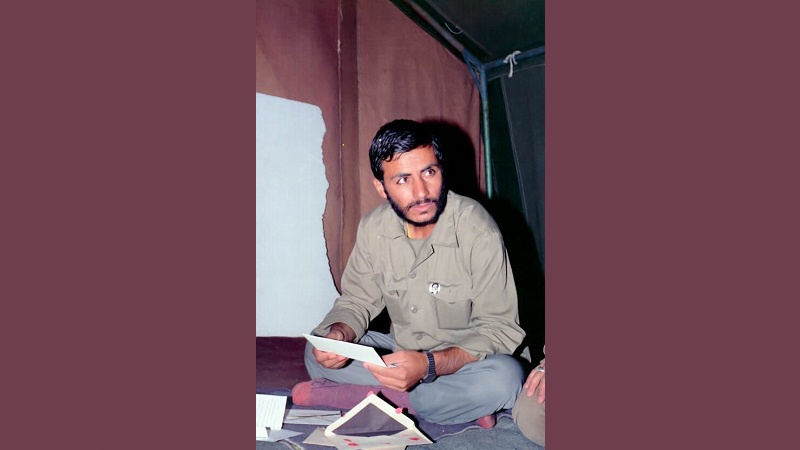
Hemmat in Shah's terror list
4- Islamic Revolution Committee
After the victory of the Islamic Revolution, Hemmat played a sensitive role in organizing the affairs after the ouster of Pahlavi regime via forming the Islamic Revolution Committee in Shahreza. Later, he took over the public relations responsibility of the Islamic Revolution Guards Corps (IRGC) in Shahreza.
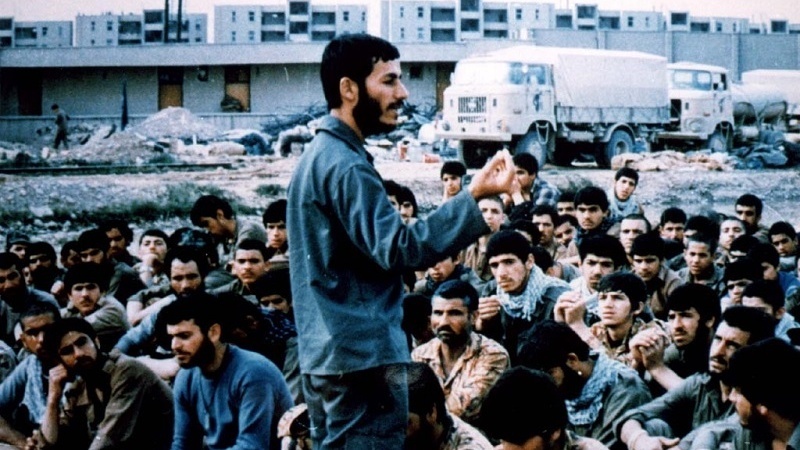
Martyr Hemmat's role in formation of Islamic Revolution Committee in Shahreza
5- Commander
With the outbreak of war, he and Ahmad Motevasselian were tasked by Mohsen Rezaei, then IRGC Commander, to form Mohammad Rasoulallah Brigade as they were dispatched to the Southern Front. Due to his genius, courage, and self-sacrifice, Mohammad Ebrahim Hemmat led several operations against Saddam's Ba'athist regime during the Iraqi-imposed war on Iran. The speed of operation by the division under his command was remarkable in Operation Val-Fajr 4.
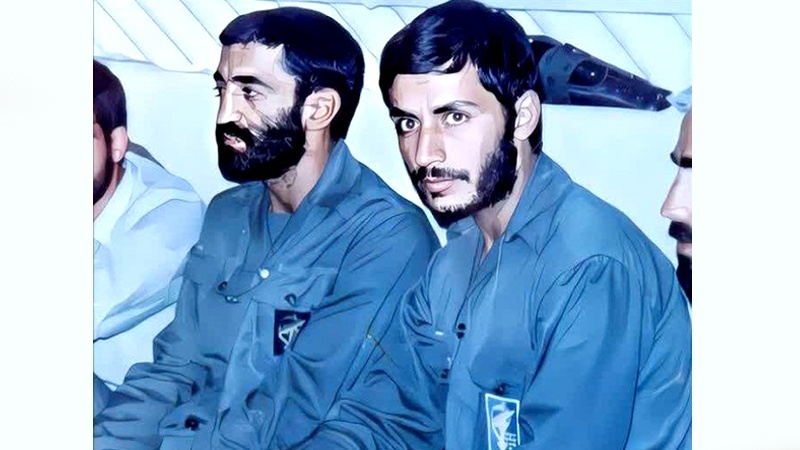
Martyr Hemmat with martyr Motevasselian
6- Fighting Israeli evil
With the start of the war in South Lebanon in 1982, Hemmat set out to support the country and returned to Iran after organizing some activities there.

Martyr Hemmat alongside his fellow-combatants
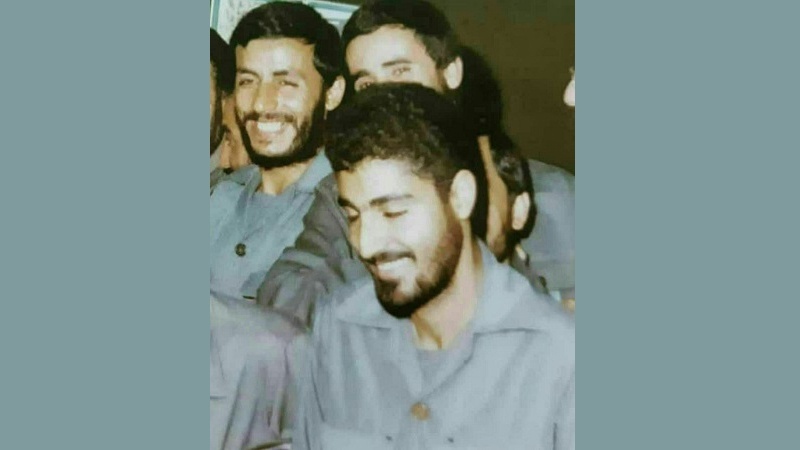
Martyr Hemmat with martyr Qassem Soleimani
7- Martyrdom
During Operation Kheibar in 1984, as the Iranian forces were resisting against Saddam's army, Hemmat, who had advanced to assess the situation on the frontline, was martyred with a cannonball that cut off his head.
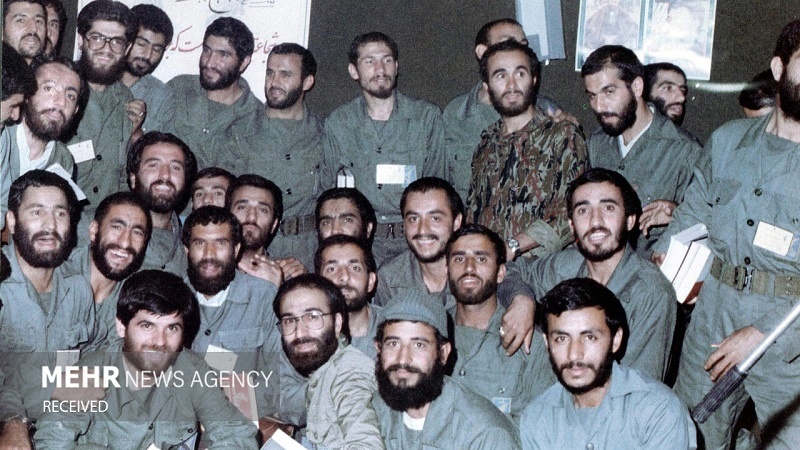
Martyr Hemmat and a number of IRGC commanders
Some managerial features of Martyr Hemmat:
1- Skill in picking forces
One of his famous characteristics was his skill in recognizing persons and selection of forces. He was very sensitive and exacting in choosing qualified persons for various responsibilities within the division. Each of his picks became prominent figures in the war.
2- "I am inferior to you"
It is narrated that martyr Hemmat never considered himself superior to others. He often considered himself far lower and humbler than Basiji volunteers and would say, "Who am I compared to these sincere servants of God?"
3- Forces should grow
Martyr Hemmat emphasized that forces should have a course of growth and commanders should strive to elevate the forces under their command to higher levels. Hemmat was known for his concern to train forces for Iran's future.
4- "Advise me even with criticism"
One of Hemmat's qualities in leadership was his acceptance of criticism. If someone had an opinion or idea about his job, he would listen carefully and would not say, "I am the commander with a lot of experience." If he learned that a person enjoyed capability, an idea and a plan to support the war or operations on the frontline, he would rush to contact him.
Mohsen Rezaei, former IRGC Commander, once said about Hemmat: "In fact, we had four divisions that wherever they entered, no line could resist them. Hajj Hemmat and 27th Mohammad Rasoulallah Division, Hossein Kharazi and 14th Imam Hossein Division, Mahdi Bakeri and 31st Ashura Division, Ahmad Kazemi and 8th Najaf Division. Wherever they stepped in, it was unexceptionally accompanied with success."
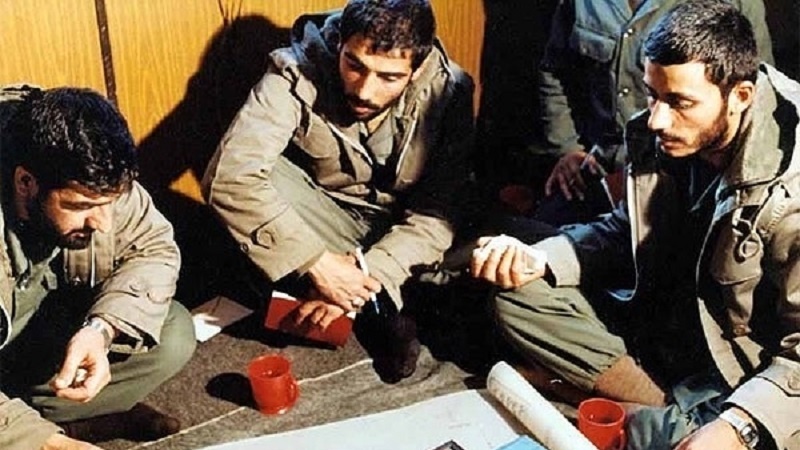
Martyr Hemmat along with IRGC commander, Mohsen Rezaei

